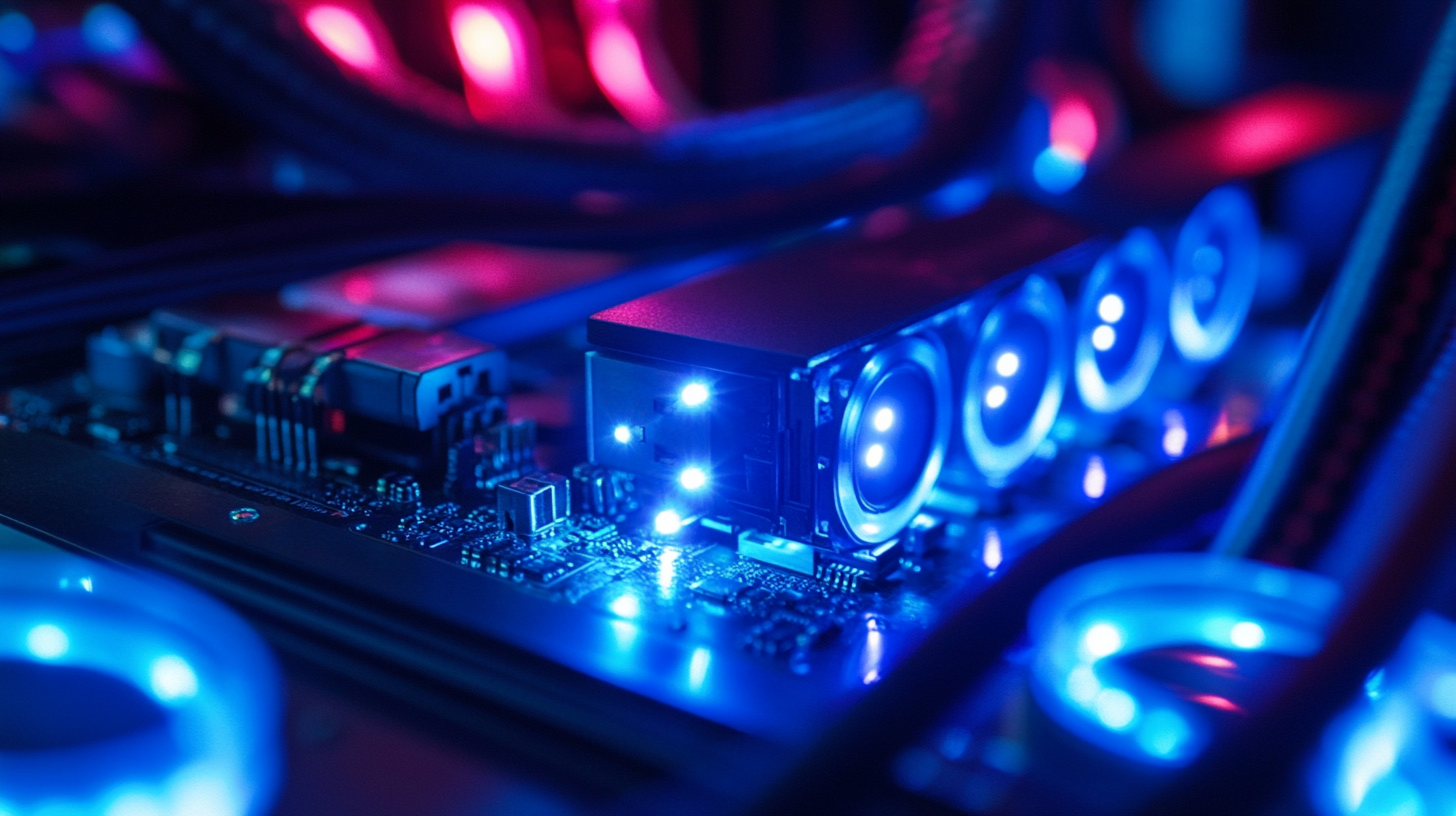Introduction
Selecting the right LED power supply is crucial for ensuring smooth dimming performance, energy efficiency, and long-lasting LED fixtures. With various dimming methods, voltage requirements, and compatibility factors, choosing the correct power supply can be complex. This guide explains the key considerations for selecting an LED driver that works seamlessly with dimmable LED applications.
1. Understanding LED Power Supply and Dimming Compatibility
An LED power supply (also called an LED driver) regulates the voltage and current supplied to an LED fixture. For dimmable applications, the power supply must be compatible with the chosen dimming method to avoid flickering, buzzing, or inconsistent light output.
1.1 Constant Voltage vs. Constant Current Power Supplies
Before selecting a dimmable power supply, it’s important to determine whether your LED system requires constant voltage or constant current:
- Constant Voltage (CV) Power Supply
- Used for LED strips, modules, and some downlights.
- Requires a fixed voltage (e.g., 12V, 24V, or 48V DC).
- Compatible with PWM (Pulse Width Modulation) dimming.
- Constant Current (CC) Power Supply
- Used for high-power LEDs and COB fixtures.
- Requires a fixed current output (e.g., 350mA, 700mA, or 1050mA).
- Compatible with 0-10V or DALI dimming.
2. Choosing the Right Dimming Method
2.1 TRIAC (Phase-Cut) Dimming
✔ Used for AC-powered LED bulbs and fixtures.
✔ Compatible with traditional wall dimmers (leading-edge and trailing-edge).
✔ Common in residential and commercial lighting.
✖ Not suitable for low-voltage LED strips.
2.2 0-10V Dimming
✔ Provides smooth, flicker-free dimming.
✔ Used in commercial and industrial applications.
✔ Requires a separate 0-10V dimming controller.
✖ Requires additional wiring for the dimming circuit.
2.3 PWM (Pulse Width Modulation) Dimming
✔ Best for constant voltage LED strips and modules.
✔ Controls brightness by adjusting the duty cycle of the power supply.
✔ Works with DMX and smart lighting systems.
✖ May cause interference with some electronic devices.
2.4 DALI (Digital Addressable Lighting Interface)
✔ Provides precise dimming control and programmable settings.
✔ Ideal for smart lighting and large-scale commercial buildings.
✔ Allows group control of multiple LED fixtures.
✖ Requires a DALI-compatible power supply and control system.
3. Key Factors When Selecting an LED Power Supply
3.1 Wattage and Power Output
- Choose a power supply with at least 20-30% higher wattage than the total LED load.
- Example: If your LED lights require 80W, select a 100W LED driver for better efficiency and longevity.
3.2 Voltage and Current Matching
- Ensure the output voltage of the power supply matches the LED fixture’s requirements.
- Constant current drivers should match the required mA rating of the LED.
3.3 Efficiency and Power Factor (PF)
- Look for power supplies with efficiency > 85% to reduce energy loss.
- A power factor (PF) > 0.9 is ideal for commercial applications.
3.4 Dimming Range and Smoothness
- Check if the power supply supports full-range dimming (0-100%).
- Some low-quality drivers may only dim down to 10-20%, leading to inconsistent light levels.
3.5 Compatibility with LED Fixtures and Controls
- Ensure the LED driver is compatible with the chosen dimmer switch or lighting control system.
- Some LED drivers require specific dimmers to prevent flickering or buzzing.
3.6 Safety Certifications and Protection Features
- Look for certifications like UL, CE, RoHS, and FCC to ensure safety and reliability.
- Choose power supplies with short-circuit, overvoltage, and thermal protection to prevent failures.
4. Common Applications for Dimmable LED Power Supplies
✔ Residential Lighting
- TRIAC dimmable power supplies for LED bulbs, downlights, and smart home lighting.
✔ Commercial and Office Lighting
- 0-10V or DALI dimming for office spaces, hotels, and retail stores.
✔ Architectural and Decorative Lighting
- PWM dimming for LED strips, cove lighting, and ambient installations.
✔ Industrial and Outdoor Lighting
- High-power 0-10V LED drivers for warehouses, parking lots, and stadium lighting.
Conclusion
Selecting the right LED power supply for dimmable applications ensures smooth dimming performance, energy efficiency, and longer LED lifespan. Consider factors like dimming method, power output, voltage compatibility, and safety features to achieve optimal lighting performance in residential, commercial, and industrial settings.